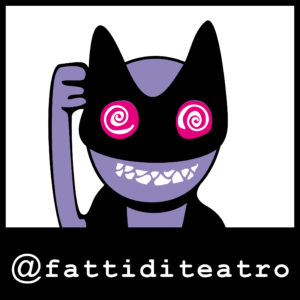The Ritual. Instabili Vaganti and a 12 year long performance
At the LAB Oratorio San Filippo Neri the performance that the Bolognese company has built in a decade of travels, meetings, comparisons and dialogue with other disciplines and cultures is on stage.
Darkness envelops the beginning of the play, The Ritual, and an empty stage. Out of the shadows, almost like a timeless figure who comes out of the recess where it has been resting for centuries, a body accompanied by the swinging light of a lantern moves forth. A vaguely Gothic litany accompanies it, accentuating its atemporal location. The man takes his place on the bare earth that is in front of us. The strong scent of it and the aroma of the lit candles, one after another, blend: earth and fire become basic elements and participate in these future – and almost fantastic – Middle Ages.
A voice, melodious and provocative at the same time, overlaps and fits in more and more incisively while the solemn gait of the second figure articulating the melody, oddly distant yet familiar, loses itself in an increasingly syncopated turmoil. Suggestions, flashes.
The video, from the back of the hall of the deconsecrated ex-church, adds pathos and exacerbate the sense of bewilderment: you give in to the images, to fascination, wrapped and slightly lost in the instrumental and vocal sounds, in an apparently never-ending twirl.
In the meanwhile the rice, almost as if it germinated and was harvested in that moment, receives the female figure, the bride, who lies down and rest – maybe dreaming about what is on the screen until she abruptly wakes up terribly distressed.
Colours mutate and light up, the paths of these figures on the border between dream and reality cross but their voices do not fit together, not now. The sanguine red invades the stage along with the condemnation: the gates of hell open. The man, like the fallen angel, hopes desperately to escape it, to get to the surface and when all the efforts turn out to be useless, he does not resign himself to the sentence: better to reign in Hell, than serve in Heaven.
The movements of the desperate and despairing man, from tense and contorted, become increasingly harmonious recalling the ones of a capoeira that is materialising in that moment before our eyes, made even more dramatically realistic through the lighting and music that accompany them. But there is no escape, the ritual must be performed: the end is inevitable.
The end, that is dramatic and lyric at the same time, refers iconographically to the Pietà and to all the sculptures representing it. The red that filled the stage is replaced by the black-and-white dichotomy. The bowl contains only rocks, the water dried up from this wasteland. The drops can be heard but do not materialise: there is a need of sinking into the earth, from where we are made and where we will return. The tribal rhythms turn into a dance that rises to a shamanic, almost spiritual, dimension.
However, nothing lasts; nothing can be eternal in this circle of eternal recurrences. It is a suspended voice that calls us back to farewell. And the last video, with those images transmitting a deep sense of cold and solitude, blends with the figure of the wanderer who received us at the beginning of this long way towards the end – his, ours.
The Ritual is a complex play, worked out down to the last detail, with a lighting and a dialogue between voices and music that underline and emphasize every phase of the performance. Bodies merge, filling with meaningful gestures all the spaces of this place that is sacred and profane, secular and religious at the same time.
The rhythm and balance between climax and anti-climax help the audience to identify with what they see, not at an intellectual, but at an empathetic level, with an emotional co-participation that would push some spectators to take part actively in the ritual itself – a desire difficult to feel, nowadays, during theatre plays.
The Ritual, a work that is the result of twelve years of research and exchange, is so strong and beautiful that only an ever more short-sighted and fossilized theatre may prevent from reaching a wider audience, an audience that maybe aspires to the change as much as the ordinary citizen.
Translation by Angela D’Ambrosio





